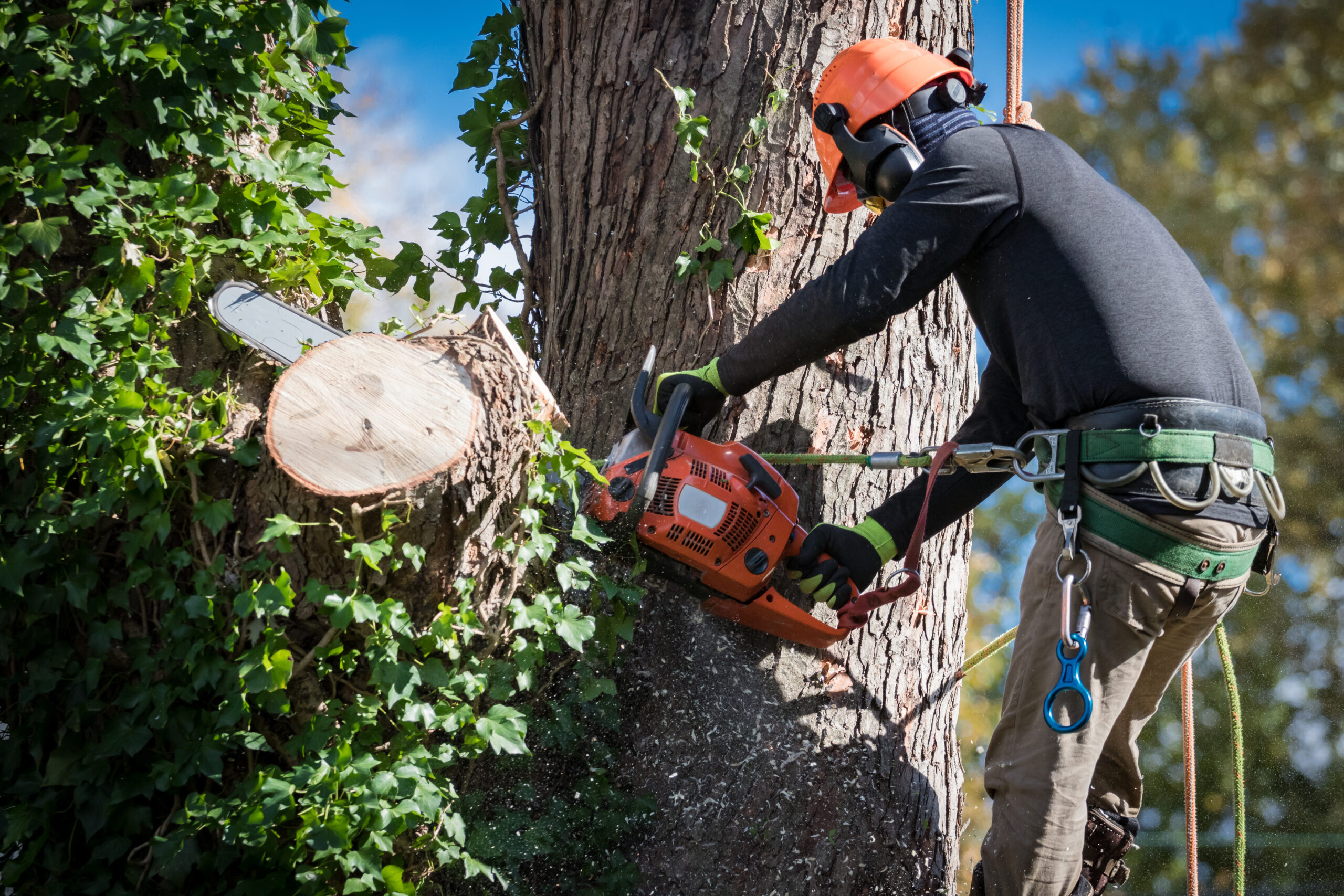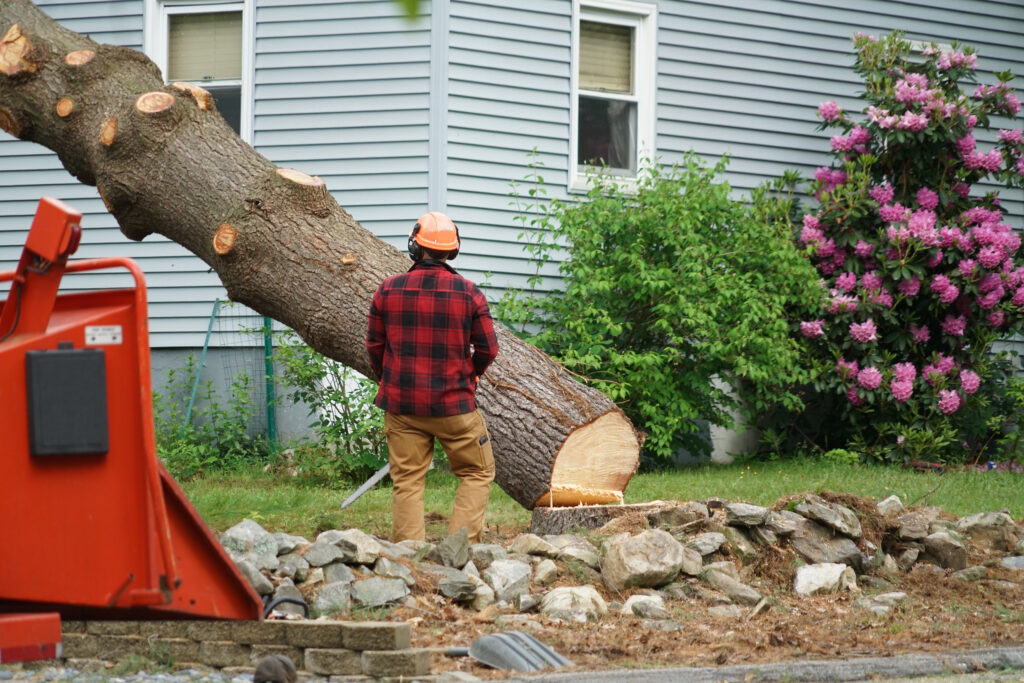Digital Profit Review offers a fixed returns filecoin investment scheme that is a securities offering. This engages in securities fraud, which is illegal. Travis Bott and Jeremy Reynolds have both been involved in other securities fraud schemes, including Onyx Lifestyle and the Well Beyond Wealth Ponzi scheme that merged with Sigma AI.
What is Digital Profit Course?

Digital Profit Course is an online program that teaches participants how to make money online using digital marketing techniques. The course is a 3-month e-learning program that includes live video tutorials and live webinars. The program also provides a community where participants can ask questions and receive support from other members. The course is not a scam, but it may not be the best option for everyone.
Digital products and courses are a great way to earn passive income, as they can be sold over and over again without the need for ongoing physical production. Passive income also allows creators to spend their time on other projects or activities, which can lead to a happier, more fulfilled life.
However, there are several red flags that should be considered before signing up for a digital product or course. These include unrealistic promises, a lack of transparency, and high-pressure sales tactics. If you encounter any of these issues, it is likely that the product or service is a scam.
There are many scams out there, but Digital Profit Course is not one of them. The program is legitimate and offers an opportunity to earn passive income by creating and selling digital products. The program is available to anyone with a computer and basic internet knowledge. Its instructors are based in the United States and have over 30 years of combined experience in the digital marketing industry.
The program is designed to help beginners and professional users make money from their websites and social media accounts. Its website features step-by-step guides on how to create and maintain a successful online business. The program also helps its members build a website and optimize it for search engines. In addition, it offers training on how to grow their online business.
The program is not transparent about its founders and instructors. Its directors do not have photos on the web and do not reveal their names. In addition, it does not provide current reviews on trusted sites such as Trustpilot. Furthermore, the company’s ISO certification has expired. Former members have reported that the program makes overblown claims and does not offer after-sales support.
Is it worth buying?
Travis Bott and Jeremy Reynolds both have track records of operating illegal securities fraud schemes. BehindMLM first exposed Bott in 2019 with Onyx Lifestyle, a crypto trading bot Ponzi scheme that later merged into the Dunamis Global Tech and Well Beyond Wealth Ponzi schemes. Combined investor losses on these schemes run into the millions of dollars. Digital Profit Course is yet another offering by Bott and Reynolds to fleece new investors. Digital Profit offers a binary compensation plan and a Sigma AI passive investment scheme offering fixed returns on filecoin investments. All of these are considered securities offerings and therefore engage in securities fraud.
To do this, you’ll need to look at your competitors’ websites and search their SERPs for the keywords that they rank for. You can also utilize Google’s ‘People Also Ask’ and ‘Related Searches’ features to discover additional keywords that your audience might be searching for. Once you’ve narrowed down your list, it’s time to create a spreadsheet and begin identifying which of these keywords you want to target with your SEO efforts.
The foundation of every successful SEO strategy is on-page optimization. This includes optimizations that are directly made to individual webpages in order to rank higher on search engine result pages (or SERPs). On-page optimizations are the only elements of SEO that marketers have full control over, making them an essential part of any SEO campaign.
There are a number of elements that need to be optimized on a webpage in order to improve its rankings. These include keyword placement, meta tags, content structure, and more. Some of these elements are more visible than others, but all of them play a role in how well a page ranks.
One of the most important aspects of on-page optimization is ensuring that the content is relevant to the keywords that are being targeted. This includes ensuring that the content is accurate and provides a good user experience. It also involves using the keywords in a natural manner, rather than simply listing them out over and over again. In the past, many businesses would try to game the system by using their keywords as often as possible, but this has now been replaced with a more intelligent approach.
Title tags and meta descriptions are also important on-page optimization factors. These are the snippet of text that is displayed in the search engine results page, and they play a role in whether or not users click on your listing. Title tags should be optimized for a specific keyword, and the meta description should be written in a way that encourages users to visit the page.
Another on-page optimization technique is ensuring that the page has an appropriate number of words. This is an important factor in how well a page ranks, and it is also a signal to search engines that the page contains valuable information.
Other on-page optimization techniques include ensuring that the URLs are optimized, removing duplicate content, and making sure that images are properly tagged. This is important because it helps search engines understand the content of a page, and it can also help speed up server response times, which are a ranking factor for some searches.
Off-page SEO is the yin to on-page optimization’s yang, and the backbone of a solid search engine optimization strategy. It involves the efforts you make outside your website to improve your search engine rankings, such as building backlinks and encouraging branded searches.
The primary goal of off-page SEO is to build your domain authority (DA) so that you can rank higher in search results. The best way to think about DA is like a bathtub filled with rubber duckies (websites): each additional ducky adds to your domain’s ability to rank, so the more you have in the bath, the higher you will float.
While there are many off-page SEO factors, one of the most important is getting reputable websites to link to your website. This is because links act as a vote of confidence, indicating to search engines that your site is relevant and authoritative. In fact, our 2020 search engine ranking factors study found a strong correlation between total number of backlinks and Google rankings.
There are many strategies for obtaining backlinks, but it’s important to remember that quality over quantity is always the key. Avoid spammy techniques such as purchasing links or submitting your site to unrelated link directories. Instead, focus on acquiring links from reputable sources in your industry. For example, writing a guest post for a well-known blog in your niche is a great way to get high-quality backlinks.
Another off-page SEO tactic is to participate in relevant forum discussions. By commenting on these forums and providing helpful advice and suggestions, you can help other users and build your brand reputation. It’s also important to ensure that all of your off-page SEO efforts are aligned with your overall marketing strategy. This will help you maximize the value of your investment and achieve better search engine rankings.
Off-page SEO tactics can take some time to produce results, so it’s important to get your on-page optimization ducks in a row before investing much time into off-page SEO. However, once you’ve optimized your pages, off-page optimization can provide a significant boost to your rankings.
Link building is a critical aspect of search engine optimization (SEO) and has long been seen as one of the most effective ways to achieve top rankings. Search engines look at the number and quality of backlinks a page has to determine its popularity and relevance. The more popular and relevant a site is, the higher it will rank in searches.
To build links, you need to create content that others will want to share. This could be in the form of blog posts, infographics, videos, podcasts, or other types of content. Then, you need to reach out to other websites and blogs and ask for a link to your content. This is known as link outreach.
In addition, you can also use tools like Moz’s Link Explorer to track the growth of your link profile. Just enter a URL into the tool, and you’ll be able to see the total number of links that resource has earned over time, along with a breakdown by type of link (followed, nofollow, and redirect).
You can also use Link Explorer to identify competitors’ link profiles and assess the health of their websites. For example, you can see the total number of links a competitor has and their average domain authority to find out how much their website is ranking for certain keywords. You can then use this information to improve your own SEO efforts.
However, it’s important to understand that spammy links can hurt your rankings. Avoid using old-school techniques like buying links and participating in link exchanges, which can be seen as manipulative by search engines. Instead, focus on creating high-quality content and pursuing natural backlinks from authoritative sites in your niche.
Link building is not easy, but it’s necessary if you want to increase the visibility of your website and boost your search engine rankings. By following the tips in this article, you can develop a solid foundation for your website’s SEO and start seeing results in no time.



